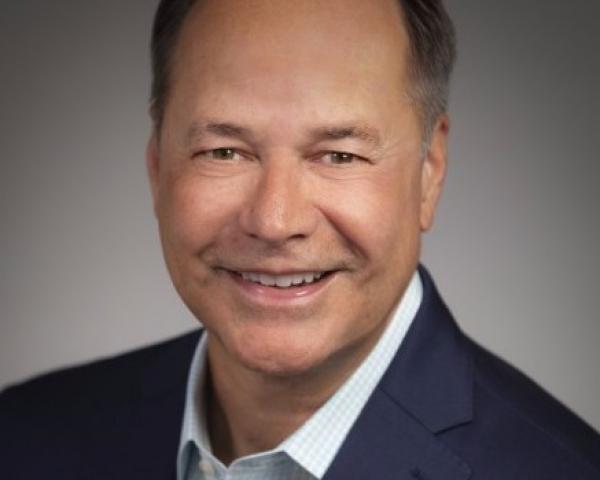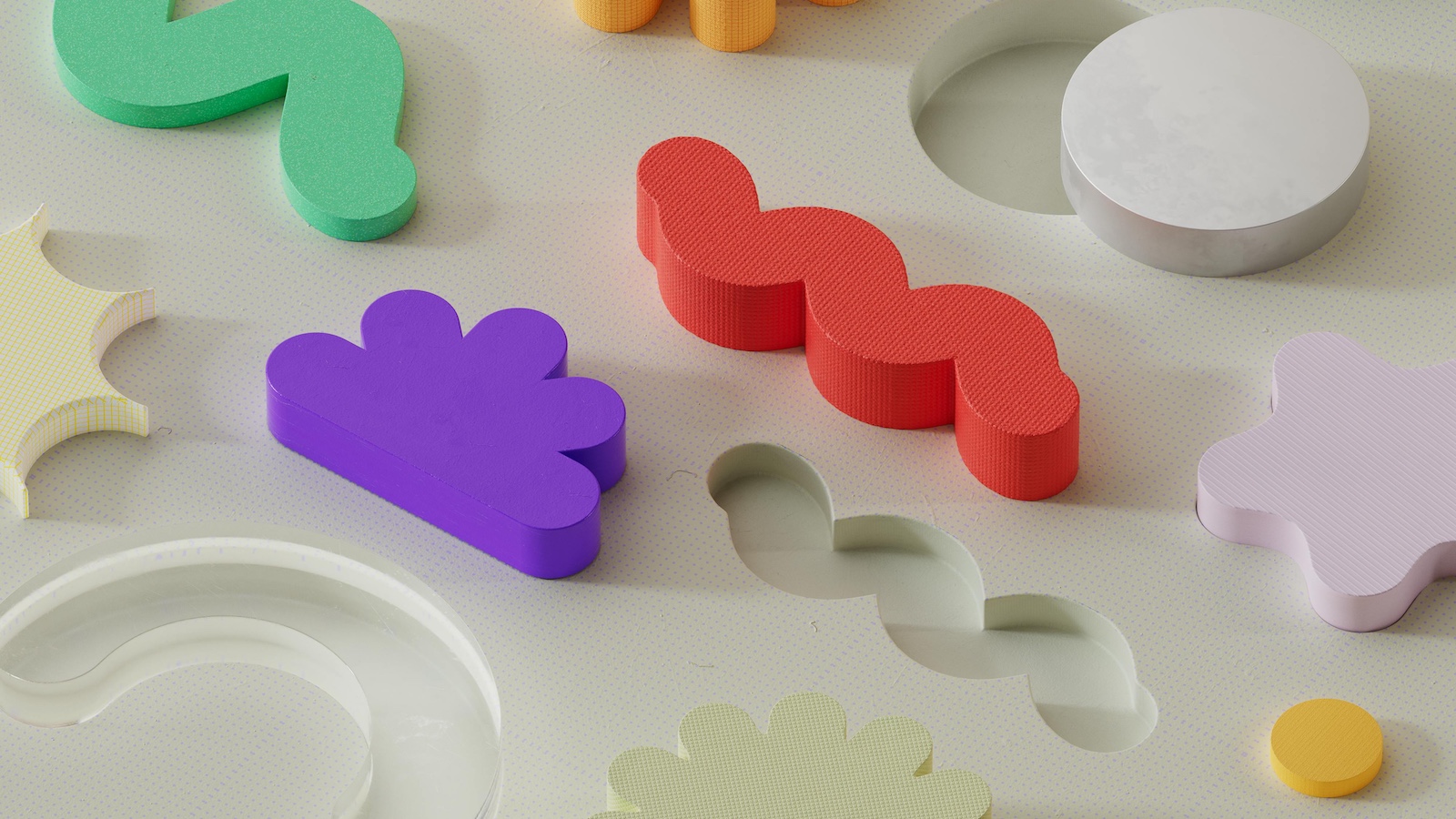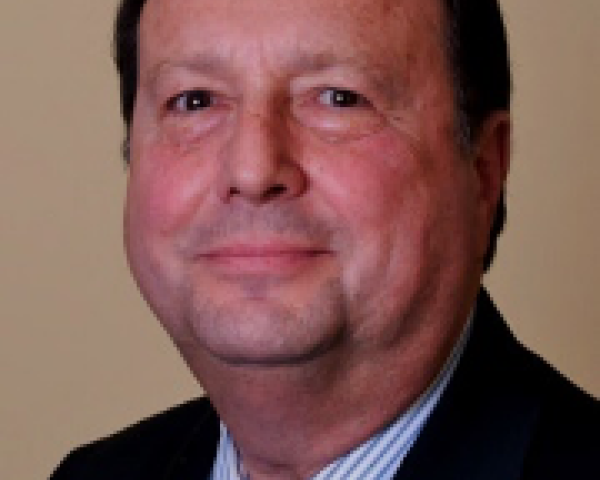Since 2020, the world has seen more change, disruption and surprises than in any period in recent memory – and the U.S. personal auto and property insurance market is no exception. Declining auto claims and associated consequences are now in focus.
The P&C industry has endured catastrophes, runaway inflation, highs and lows of post- and pre-COVID accident frequency and crushing supply chain blows. Insurer loss costs have been drive to new heights.
Through all of this, auto insurance lines are recovering and are on track to achieve a, 98.4 combined ratio in 2024, per S&P forecasts. That is a far cry from the height of the insurance crisis years posting, with the inferior auto combined ratio of 104.9 in 2023 and a dreadful ratio of 112.2 in 2022.
As premiums catch up, a number of underwriting actions are now reshaping insurance products and consumer responses. One such change in consumer behavior, among several, is a decrease in auto damages being claimed.
Insurance parlance is often accused of being an insider’s only language or unnecessarily complex. The insurance ‘tail” effect, however, is easy to follow and applies here – famously.
Claims, reserve adjustments and both rate setting and underwriting all produce a tail effect that will only be fully realized later. Catastrophes produce losses into the future after the original loss date and are inherently termed long-tailed. Have you ever wondered what happens with those initial loss projections that are tossed around as either absolute or sometimes in ranges that differ by tens of millions of dollars? The tail end ultimately tells the true story as financial adjustments are made months and years down the road.
See also: Auto Insurance: Perennially Predictably Profitable
Policyholder Impact
As of this writing, auto and home insurance are experiencing a dramatic tail effect from a confluence of rate increases, reduced coverage and more restrictions. It’s a form of the popular “shrink-flation” moniker used to describe groceries – that bag of corn chips costs the same, and consumers aren't supposed to notice that it's now an ounce lighter. Likewise, full coverage may not be what it used to be, as deductibles become higher. In addition, a decline in reported repairable auto claims shows that policyholders are foregoing repairs or dropping collision coverage. This has downstream implications of self-funded or unrepaired damages.
Meanwhile, carriers are launching auto insurance products to offer “lighter” versions as part of their underwriting/product actions put into motion a while back. Allstate, for example, is rolling out ASC (affordable, simple, connected), which offers three main types, starting with a budget-savvy, bare bones choice. Essentially, it offers less coverage, designed to address rising premiums. Allstate’s rental car reimbursement is now offered as a transportation expense in a flat dollar amount of $200, $400 or $800 for about the same premium as the previous coverage of 30 days, with a maximum of $1,200 coverage.
The tail effect of lesser protection at the same or higher cost is just beginning to be experienced.
Collision Repair Industry
During the pandemic, accident frequency plummeted, as did demand for repairs. As accident rates rose sharply in 2022, already trending repair technician shortages became an even bigger problem. Repair cycle times elongated and drove repair costs up further. Cost of technician labor pushed body shop expenses upward and MSOs (multi-shop owners) or consolidators applied newly found leverage on insurance carriers to raise estimate labor rates.
The collision repair industry is a critical part of the insurance claim resolution cycle and has been going through major change. Consolidators funded by private equity have made major inroads. With just over 30,000 U.S. professional collision repair shops, some 6,600 have been consolidated into multi-shop locations.
Meanwhile, the influence of automobile technology and push toward OE certification of shops demands additional investment in equipment, technology and more skilled labor. Insurers rely heavily on their branded direct repair program (DRP) shop networks to provide repair services under cost-controlling agreements. Once a claim is reported, insurers guide claimants to have damages estimated. Although image technology is making headway, 45% of claim damage inspection is performed by DRPs, per CCC Intelligent Solutions, a leading estimatics technology and information provider.
The tail effect of declining insurance repair work is rumbling through the repair industry and pressuring top line revenue outlook at a time when repair margins are being squeezed and higher investments are needed.
Investors
Private equity investors play an important role in bringing capital and an alternative to an industry still made up of mostly independent shops. Consolidation offers the benefit of brand and consistency, appealing to consumers and insurers. Insurers benefit from negotiating and partnering with MSOs, which make up large portions of their repair networks. Collision industry consolidation has been steady over the past decade as an attractive investment target. A slowdown in repair volume may prove disruptive to future capital infusion as investors have choices and larger MSOs may pursue IPOs.
Accident rates are another piece of the puzzle, as frequency has stabilized and advancements in advanced driver assistance systems (ADAS) toward autonomous driving portend a future of fewer accidents – fewer, although more costly to repair. The National Highway Traffic Safety Administration (NHTSA) is requiring that automatic braking be standard in cars and light trucks by 2029 and continues to advocate for more ADAS consistency and efficacy. Others, such as Cambridge Mobile Technology, are highly focused on reducing distracted driving and are making strides. Carriers and repair industry stakeholders have been watching all such developments for several years and recognize the long-view implications.
Additionally, sustained total loss rates of roughly 22% of reported claims are a part of the equation. In other words, more than one in five claims is for a vehicle that is automatically not fixed because damage amounts exceed repair thresholds. Experts are watching closely as complexity of repairs, OE repair requirements, cost of parts and influences from more electric vehicles (EVs) could push up total loss rates. Conversely, greater car loan debt drives consumer behavior, and policyholders upside-down in car loans may be reluctant to have their cars totaled. Per Edmunds, one in four owe more than their car is worth. The average debt is $6,400, and 22% owe more than $10,000.
See also: Insurtech Profits? Maybe Next Year
New Products and Solutions
As the insurance and repair space is reshaping, new products and new solutions can fill the void. Yelp, for example, is well known for user reviews and connecting customers with businesses and services. Beyond restaurants and shopping, Yelp just announced acquisition of RepairPal for $80 million to offer car repair estimates. Today, Yelp already helps consumers find body shops, and greater demand from declining insurance claims is boosting demand for estimating costs outside of a filing a claim.
Photo estimating has found a home among insurers as an alternative method of auto damage inspection and is used regularly by insurers to start a claim. This same technology can be offered to consumers to similarly size up damages and better inform decisions to make claims or not.
The door is open for gap protection and other services. Solving for total cost of car ownership; financing, insurance, maintenance and use has always been elusive. There have been several car subscription programs launched only to be discontinued. However, Volkswagen just announced Flex, a single monthly fee combining car, insurance, maintenance and roadside assistance.
Embedded insurance models may also be a fit for gap protection and other out-of-pocket costs, distributed outside of a traditional insurance agency. Straightforward affordable protection alternatives would be opportune for embedded insurance.
Parametric insurance is gaining in the homeowner space to protect for flood, earthquake, power outage and cyber attacks. Such products that provide automatic payout could cross over and help fill auto accident out-of-pocket costs, as well.
Conclusion
Like it or not, the concept of insurance risk transfer is changing. Affordability is front and center, and making trade-off decisions is daunting when gambling between no coverage and having a high deductible.
All of which is reminiscent of how healthcare coverage and costs reshaped risk transfer in health insurance. How far the change goes in auto and home remains to be seen. Carriers must balance profitability with strategies for growth and capturing market share in a highly competitive space and may pull back on underwriting actions as rates restore profits. Thus far, there are no signs of such a reversal, and the tail effect is just beginning to unfold.









